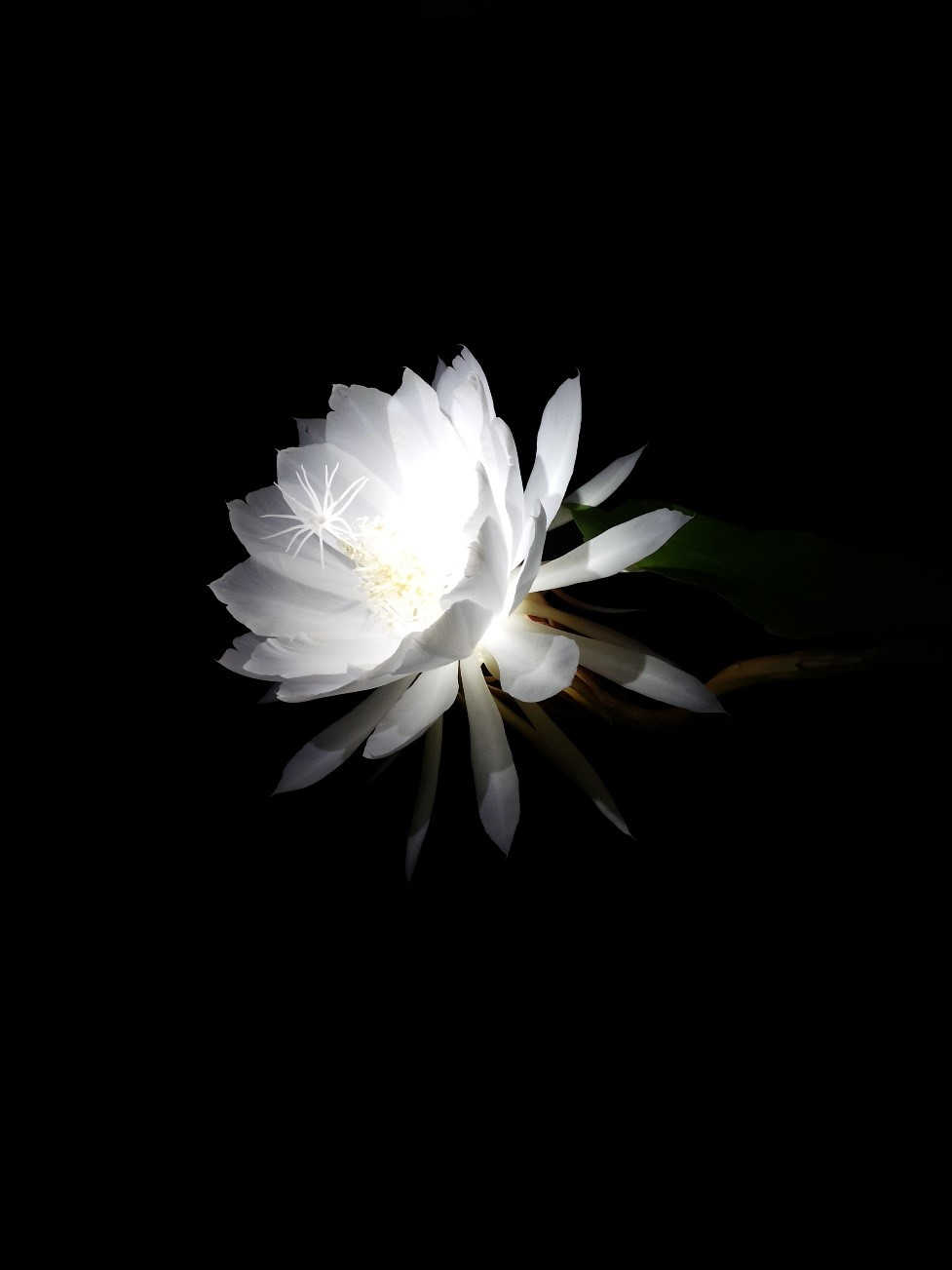Schimmel Wood Carvings-Tidbits
Wilhelm Schimmel (1817-1890) was a German itinerant who lived in Cumberland County during the last quarter of the 19th century. In exchange for food and lodging, often in people’s barns, he made wood carvings for them.

By Aswin KP - Own work, CC BY-SA 4.0, https://commons.wikimedia.org/w/index.php?curid=50513722
https://en.wikipedia.org/wiki/Night-blooming_cereus#/media/File:Night-blooming_cereus.jpg
An item in the November 23, 1866 issue of the Carlisle Weekly Herald read “Luxury Has Its Great Staples. Phalon’s ‘Night Blooming Cereus’ is one of them. It is as salable as bread-as current as coin. Fashionable society endorses it. The people approve it. It has no equal…”1
“The genuine night blooming cereus is a snaky-looking plant, but from the time the buds appear in the early spring, looking like tiny tufts of cotton, until the wondrous blossoms are perfected, the plant is always an object of interest. The opening of a blossom can never be appreciated until seen. There is the quivering of the petals, the gradual disclosing of the creamy interiors, within which is a most marvelous mechanism of stamens surrounded by the star-like pistil. Only the white pond lily gives a suggestion of the wondrous purity of the cereus and even this the cereus transcends.”2
Mrs. H. L. Burkholder of Newville, who was known for her night blooming cereus, said that the average size of these big white flowers, when open, is as big as a saucer. She said that “the flowers grow right out from a vein in a leaf, and, with its dangling, curved stem, resembles a large smoking pipe.”3
The Pennsylvania School Journal advised that if a person wanted to see a cereus bloom “one must sit up waiting in the night to see, for it opens only after the time when everybody should be in bed, and before morning it is quite limp and faded.”4
Night blooming cereus were so special that crowds gathered to watch them bloom. Newspapers often reported where one had bloomed or was about to bloom. “Mr. Muma, who lives on West South street, has a night blooming cereus which bloomed about a month or more ago, on which occasion a great many persons were present to see it. Another bud will open tonight, reported the Carlisle Weekly Herald in October 1886. “It is one of the most exquisite and fragrant flowers in nature and each bud opens only in the night and blooms but once.”5
The August 7, 1894 edition of the Carlisle Weekly Herald reported the locations of several night blooming cereus in Carlisle and one in Mt. Holly. Mrs. C. J. Heagy of Mt. Holly owned one with five buds. Since it only bloomed once a year, the plant was “eagerly watched as the time for its unfolding approached. On Saturday night two of the flowers opened and on Sunday the remaining five. 204 persons, by actual count, called to see the sight.”
In August 1897, the night blooming cereus at Miss Emma Murphy’s ice cream parlor on Railroad street in Newville bloomed, and the same month more than one hundred people visited the residence of William Noaker in Carlisle to see his cereus.6
No matter how vigilant, even the owner of the cereus could miss its bloom. In 1933, Mr. H. L. Burkholder of Newville “tenderly cared” for his night blooming cereus waiting for the one night in the year that it bloomed. As luck would have it, on the night he was away from home, it bloomed. Mrs. Burkholder was so distressed that her husband would miss it, she got up at four in the morning and wrapped paper around the cereus to trick it into thinking it was still night. It didn’t work. When Mr. Burkholder got home in the morning, “the cereus had folded its tent.”7 The flower is still so special, that to this day some newspapers still cover the blooming event.
Wilhelm Schimmel (1817-1890) was a German itinerant who lived in Cumberland County during the last quarter of the 19th century. In exchange for food and lodging, often in people’s barns, he made wood carvings for them.
[1] Carlisle Weekly Herald, November 23, 1866.
[2] Carlisle, Sentinel, January 17, 1918, p. 7.
[3] Newville, Valley Times Star, September 12, 1940.
[4] Carlisle, Sentinel, April 13, 1882.
[5] Carlisle Weekly Herald, October 16, 1886.
[6] Carlisle, Sentinel, August 16, 1897.
[7] Newville, Valley Times Star, October 12, 1933.